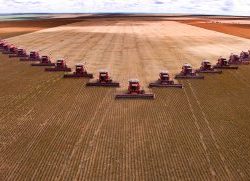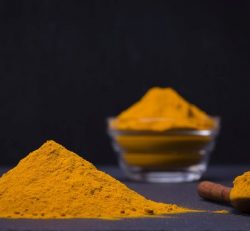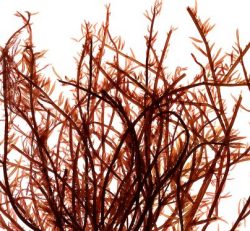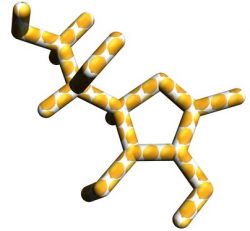FLUSHING OF FEED LINES: HOW MUCH MATERIAL IS NEEDED?
When switching from one type of feed to the subsequent one, residues of the first batch will remain in the production line and will end up in the subsequent batch. The transfer of residues from one batch to the subsequent batch is called carryover. Carryover of medicated feed additives between batches of feed can potentially result in harmful drug residues in the edible tissues of food producing animals. Flushing the equipment with an ingredient, such as ground grain, is one method used to remove any residual medicated feed from the system.
Little data available
When it comes to flushing, the FDA recommends using 50-100 g/kg of the mixer’s total capacity as the flush material. This recommendation is based on the assumption that drug residue in the production system will be minimal and will not exceed drug tolerance levels, specific to that drug, in the subsequent batches. However, these quantities are based solely on recommendations with little data available to support this practice. Consequently, establishing an interrelationship between flush size and drug carryover is a practical necessity.
Experiment with nicarbazin
Therefore, researchers from Kansas State University in the US conducted an experiment to determine the minimum quantity of flush material required to prevent drug carryover; and to quantify the interrelationship between flush size and drug concentration. The manufacturing equipment was thoroughly cleaned prior to the start of the study and between treatments. The feed medicated with nicarbazin (Nicarb 250 g/kg®; 00.125 g/kg) was manufactured and conveyed from the mixer, through a drag conveyor and bucket elevator, and placed into a finished product bin. Corn was ground to an approximate particle size of 500 microns using a hammer mill (Jacobson, Minneapolis, MN) with a 0.32 cm (1/8 inch) diameter screen and stored in one of the facility’s storage bins. This ground corn was used as the flushing material. The ground corn was used in the amount of 25, 50, 100, 150, or 200 g/kg of the mixer’s capacity (454.5 kg). Subsequently, a non-medicated diet was conveyed through the system and samples were collected and analysed for nicarbazin.
5% flush size is effective
The data from the experiment emphasised the interrelationship between the flush size and the level of nicarbazin carryover throughout a feed manufacturing system. Data collected agreed with the FDA’s recommendation of using 5 to 10% of the mixer’s total capacity as the flushing material. Even though treatment 3 (10%) removed more drug residue (5.45 × 104 mg) from the system compared to treatment 2 (5%; 3.36 × 104 mg), treatments did not differ significantly. Therefore, a 5% flush size is as effective yet less expensive. Regarding which manufacturing equipment was the major source of nicarbazin carryover, the data pointed towards the bucket elevator and finished product bin.
The paper has been published in the Journal Animal Feed Science and Technology.
Emmy Koeleman
Editor: All About Feed & Dairy Global
Source: www.allaboutfeed.net












